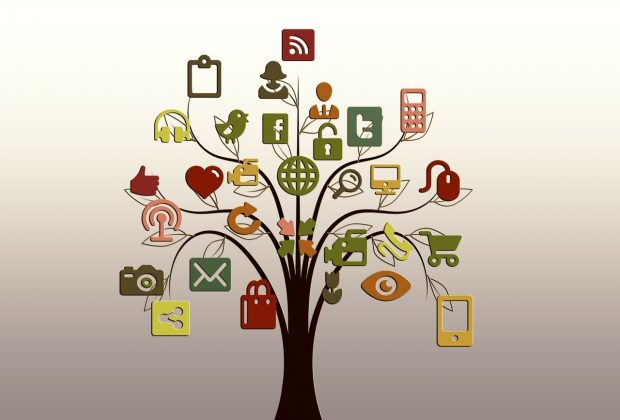Technology has changed many industries, but none more so than marketing and business when it comes to emailing or ads. For marketers, technology has been the single most effective tool in reaching a wider audience, understanding them, and converting them to sales.
Mailing to Cold Emailing
Mailing out was a profoundly popular choice of marketing. Sending out mail directly was, and still is, an effective way to re-engage customers. Despite it making a comeback, it has been overtaken by email campaigns. Firstly, gathering email address is far more easier than gathering home addresses. This has led to a surge in Cold Emailing but many do not know how to maximize their cold emailing ROI. Many do not realize that their are certain metrics to be looking at when sending cold emails with the most important being how many opened the emails. This then leads to other questions like of the people who opened the email, how many people actually responded. All of this has been figured out with GMass.
From printed ads to social media influencing
Printed ads for printed media — once popular in its time, but it seems that readership is dying out. Having a celebrity representing a brand inside a famous magazine was once the epitome of marketing. Signalling a product that it’s associated with wealth and status by all of the readers. Today, readership has shrunk and the message is too slow at getting out there.
Instead, social media is arguably profoundly more effective than printed ads have ever been. Not only is there more potential to reach a wider audience — printed publications where geographically restricted — but they’re simply more engaging. Reading a magazine and having an advert of a celebrity gives you only a modest % chance of being influenced by that celebrity. However, with Instagram, it’s clear that those who follow the celebrities are already under influence by them.
Google adverts share the same story. Imagine 20 years ago, if you could tell marketers that you would only need to pay per person that engages in their printed advert. This wouldn’t make sense — the magazine would want their money for the space you’ve used. However, on Google, space is infinite. You can essentially only pay to show adverts to people who search for your product/solution/problem, or when they click on your advert and thus engage in it. This gives you so much more scope to go global, as you don’t have to pay for all that wasted space by showing those who are not interested.
From the high street to online
We all know how expensive it is to pay rent, utilities and staff in a shop. How do we know this? Because if you walk down most highstreets, in most towns, there will be empty, vacant shops. It’s difficult to maintain enough sales to pay for all of these things, but e-commerce has meant that there’s almost no risk. Like online adverts, where you only pay when someone engages, you can now only pay when you sell.
To be more specific, you can simply use drop shipping techniques. This means you only purchase stock when it sells, and tell the seller the address of the customer, meaning you never even see the product. This gives potential to reach a vastly wider audience because national borders do not stand in your way. In fact, if you really thought that your Chinese wholesaler was too far away from your large, say, Mexican customer base, you could simply find a US wholesaler specifically for those Mexican customers.
Customer relationship management
Waiting an hour to speak to a customer advice worker is no longer a huge issue. Sure, it still exists, but you now have alternative options. Many businesses use social media as a means to solve customer issues by speaking to them instantly and directly. It’s also possible to leverage the use of AI. This has successfully been done by using chatbots, which are automated conversational tools designed to intelligently work out the customers’ issue from what they say. The algorithm can identify the issue, and send them a solution respectively (and instantly!).







